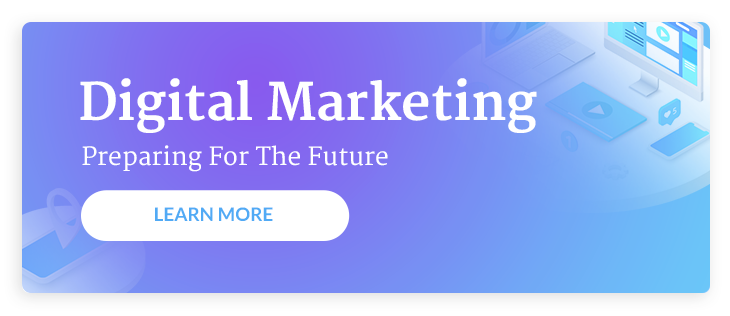
Does Your Inbound Marketing Strategy Match Buyer Behavior?

Inbound marketing is always evolving, and for good reason: buying behavior is always evolving. In a world filled with busy schedules and the desire for convenience, more and more buyers are looking for answers and gratification fast — and if they can’t find it in one place, they’ll move on in their search.
As behaviors change, inbound marketing strategies must also pivot.
In a recent Gartner research report, analysts pulled back the curtain on effective website and demand generation strategies that cater to the modern buyer’s needs. The results are indicative of a big paradigm shift in the way that potential buyers educate themselves on products and services, evaluate their options, and engage with prospective companies.
Takeaway #1: Website & SEO Are the Best Channels for Generating MQLs
Sales qualified leads (SQLs) know what the solution to their problem is — and that represents just a small portion of your target audience. The majority are marketing qualified leads (MQLs), who have a specific problem and search to find a solution to that problem via your website and SEO.
Naturally, if your website is focused on your business and your products, you’ll miss connections with MQLs. Instead, it’s important to develop a problem-based website with a strategic storyline — one that dials in on buyer pain points, tells them how to address these hurdles, and notes, by the way, our business can help. This theme should play out not just in the content that’s on your website, but also the graphics, videos and calls-to-action that add value to the user experience and help move MQLs through the buyer’s journey.
When we talk about well-built websites, it’s also important to think about website accessibility. If your website renders for mobile, that’s great. But is your website designed to be mobile-friendly for search engines? Oftentimes, companies miss out on opportunities to reach potential buyers on their mobile devices due to significant keyword ranking gaps between desktop and mobile.
Takeaway #2: Free Trials and Interactive Tools Are the Top-Performing Content Formats
Your website can be a powerful tool in communicating the value of your products or services. But there’s something to be said for letting potential buyers experience the value on their own — whether that’s through a free trial, a free demo or an ROI calculator.
While potential buyers can appreciate the instant gratification that comes with these interactive resources, businesses need to nurture this experience so prospects get the most out of it. For instance, when an MQL signs up for a free trial, you could serve them up SQL ads that promote videos highlighting different software features to utilize. Along those same lines, you could also set up a series of workflow emails that promote video demos of the top five user features and a step-by-step guide on how to use them.
The more businesses nurture MQLs and add to their user experience, the more likely MQLs are to make connections with sales and turn into satisfied customers. What’s great is that through automated email workflows and targeted ads, marketers can continue the conversation with prospects even after they become an SQL without adding work to the plate of busy salespeople.
Tip: While gated eBooks and guides can still be impactful, interactive resources are quickly becoming a favorable alternative. By tagging clickable elements on the page (from buttons to navigation links), you can follow up with potential buyers via emails and ads that feature related resources that may be of interest.
Results to Fuel Your Inbound Marketing Strategy
In today’s world, buyers have a lot more power to do their own research around products and services. Rather than filling out a form or talking with a salesperson, they want businesses to empower them with valuable content and a good user experience that extends from their first website visit to their final buying decision. When inbound strategies lead with these two factors, businesses are sure to see a better ROI from their inbound marketing efforts.




